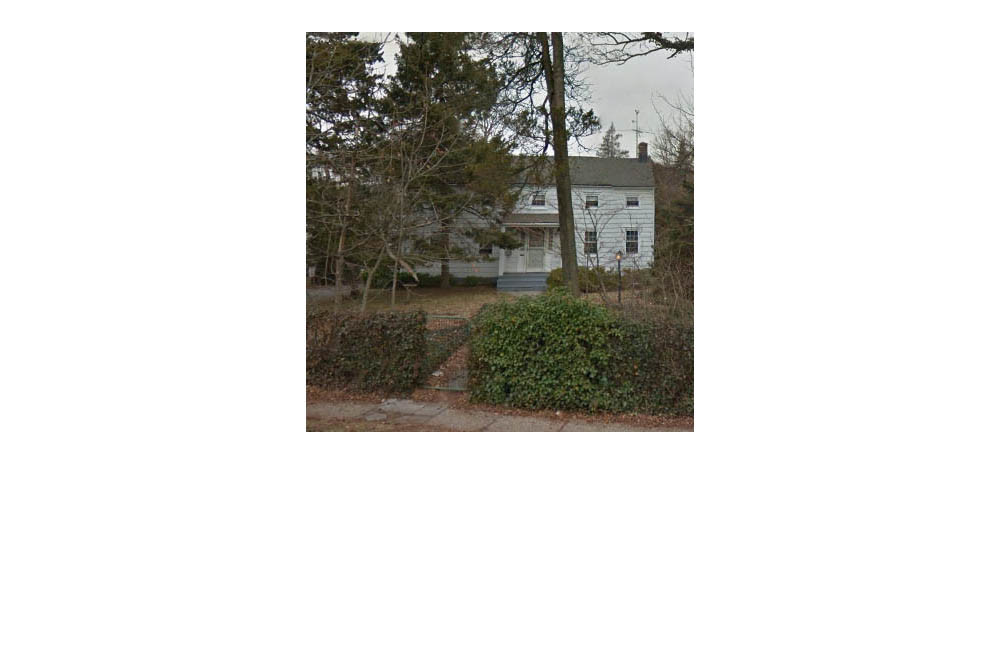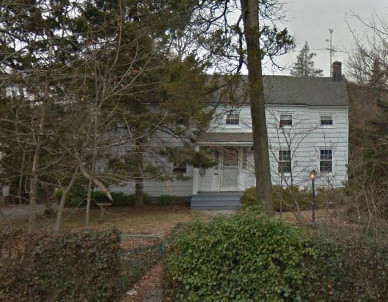3833 Amboy Road, Staten Island
Address: 3833 Amboy Road
Architect: unknown
Constructed: 1843
LPC Action: Public Hearing in 2007
LPC Backlog Hearing: Removed from the calendar without prejudice
LPC-Fact Sheet | Research File
3833 Amboy Road is an increasingly rare reminder of Staten Island’s rural past. A smaller, earlier gable-roofed, clapboarded house was apparently expanded around 1840 to create an impressive farmhouse. Details were added at this time including a paneled door with sidelights, a dentilled cornice and end chimneys. Its 19th-century occupants, a farmer and later an oysterman, reflect the agricultural nature of Staten Island.
LPC Statement of Significance:
Located near the intersection of Amboy Road and Gifford's Lane, this impressive five-bay-wide clapboarded gable-roofed farmhouse is a significant and increasingly rare reminder of Staten Island's rural past. The present form of the house with its five-bay design featuring a paneled door with sidelights, six-over-six wood sash at the first story, small windows containing three-over-three wood sash at the second story, dentilled cornice and end chimneys is typical of a house from the second-quarter of the nineteenth century, say around 1840, however, the irregular spacing of the windows and variations in the size of the second story windows suggest that part of the house, perhaps the eastern three bays, dates from an earlier period.
This house appears on the Dripps' map of 1850 and the Butler map of 1853 as the home of William Stillwell, who was listed as a farmer in the 1850 census. The 1840 census lists William Stillwell and his wife Lavinia Simonson Stillwell in the same position. The 1820s census suggests William Stillwell's father Abraham Stillwell and his family also lived in the same location. Deeds suggest that the Stillwells were tenants of John Poillon who occupied part of a 75 acre farm across Amboy Road and later Joseph G. Seguine who purchased the farm from Poillon in 1828. In 1854 Joseph G. Seguine, Jr. sold this house to oysterman James Lewis. Members of the Lewis family continued to occupy the house until the 1910s.

